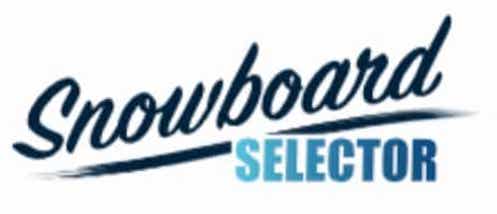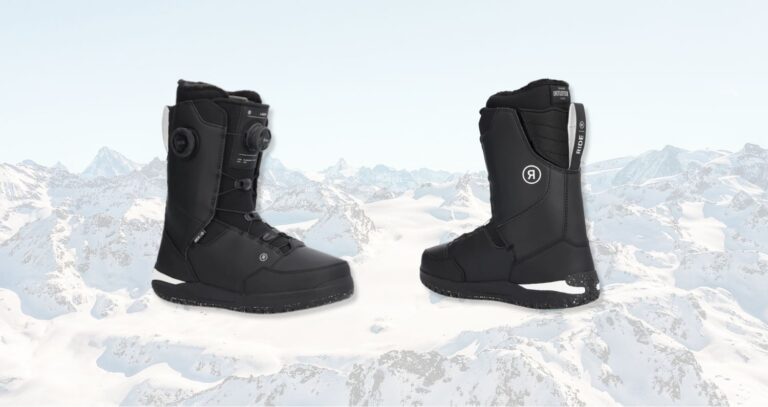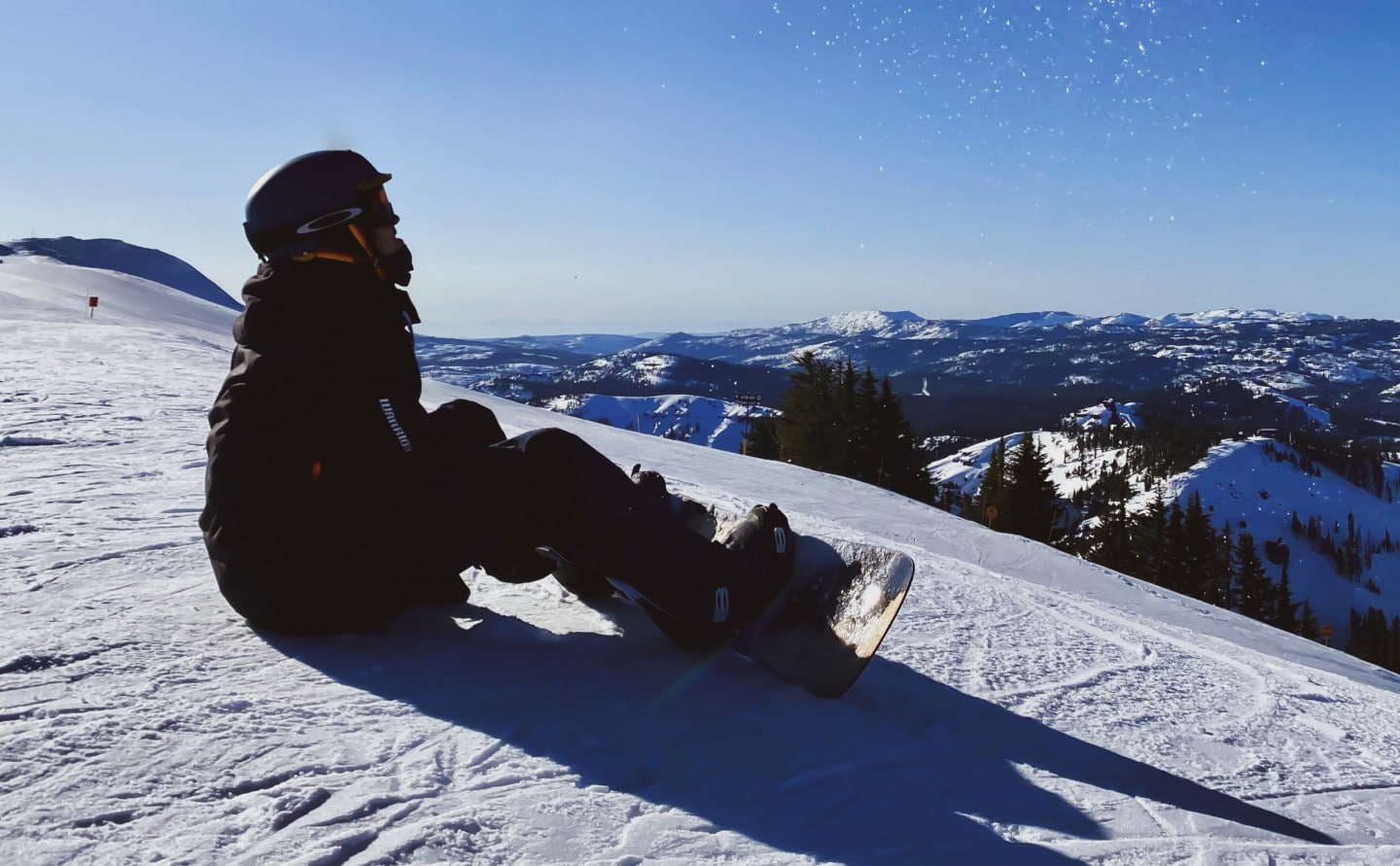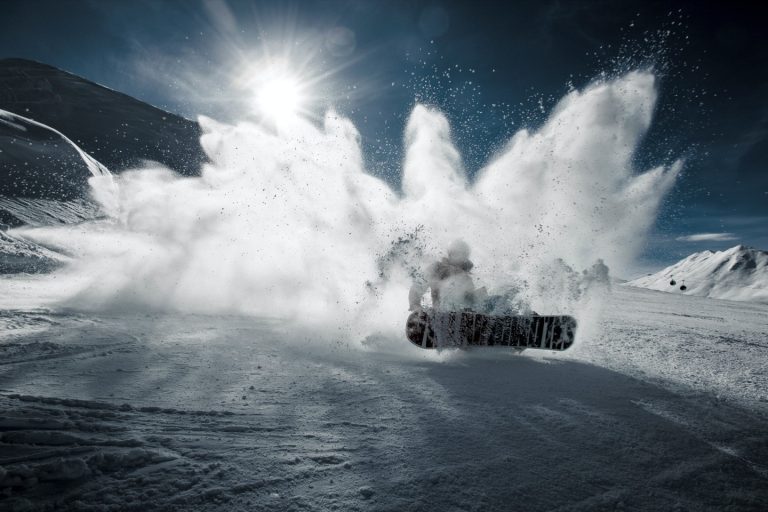The off-season is an ideal time to review your snowboarding gear, which is why we’ve created our snowboard gear checklist which we’ll share with you below.
Why is the off-season the best time to review your snowboarding gear? One big reason is off-season deals from your favorite brands!
Another reason is that maybe your gear was damaged without you noticing, or you’re missing a glove, a few bolts, or other important pieces. It’s best to find that out early so that you can avoid any last-minutes surprises.
Full Snowboard Gear Checklist
Below is our snowboard gear checklist which will make sure you have all the pieces you need to hit the slopes as soon as next season rolls around.
| GEAR LIST | CHECKED |
|---|---|
| Snowboard | |
| Bindings | |
| Boots | |
| Snowboard socks | |
| Protective gear | |
| Helmet | |
| Goggles | |
| Impact shorts | |
| Outerwear | |
| Base layers | |
| Mid layers | |
| Outer layers | |
| Gloves | |
| Neck gaiter | |
| Beanie | |
| Tools | |
| Multi-tool | |
| Edge sharpener | |
| Waxing kit |
Download a printable PDF copy here.
Must-Do Gear Maintenance Tasks
Performing maintenance on your snowboard gear will benefit your riding and prolong the lifespan of your gear.
For full details on how to store your gear properly for the off-season, check out our dedicated article on how to store your snowboard in the off-season.
Performing maintenance throughout the season is also a good habit, as it will keep your equipment performing at its highest potential.
The following will guide you through some basic maintenance practices which you can perform throughout the season.
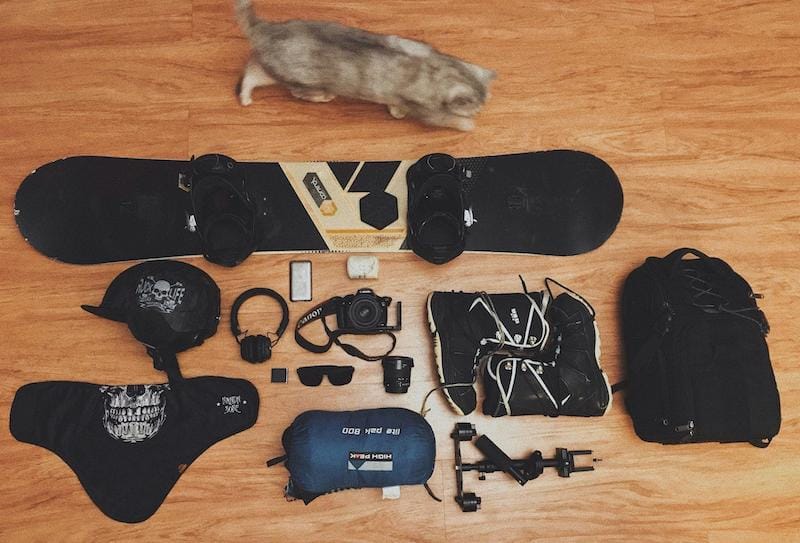
Snowboard Maintenance Tasks
At different points during the season you can do the following to keep your snowboard performing at its best:
- Wipe your snowboard dry after each day on the mountain to prevent rust from forming on the edges.
- If rust appears, remove it with a gummy stone.
- Store your snowboard properly, that is without any weight pressing down on it.
- Keep your snowboard waxed to protect the base and keep you riding fast.
- If the base becomes whitish near the edges, it’s a sign that it’s time to wax your snowboard.
- Sharpen your edges only as much as needed. If you feel like you’re lacking edge grip, check your edges and potentially sharpen them.
Snowboard Binding Maintenance Tasks
The following should be done before every snowboarding day:
- Check all the screws.
- Insert screws (the ones that attach your bindings to the board)
- High back screws
- Strap screws
- When storing your snowboard between riding days, it’s good practice to fasten your straps to help them keep their shape.
Snowboard Boots Maintenance Tasks
Snowboarding boots can be kept in tip-top condition by following these simple tips:
- Try to walk on snow as much as possible to minimize tread wear.
- Consider wearing shoes as you walk to the lodge and lace up your boots when you’re closer to the snowline.
- Periodically check all the seams and stitching on your boots for signs of damage.
- If damage is found, an application of Shoe Goo or silicon can do the trick to keep them waterproof.
- Thoroughly dry your boots after your day on the mountain by removing the liners and insoles.
- Once dry, lace up your boots with the liners and insoles installed, to help them keep their shape.
Snowboard Outerwear Maintenance Tasks
Properly maintaining outerwear can help give the pieces a longer life and protect you more thoroughly from the elements:
- Periodically check for damage and deal with rips asap to minimize the spread.
- Re-waterproofing garments is possible with dedicated products.
- Ensure that your outerwear is thoroughly dry before packing it away for storage.
When to Upgrade Your Gear
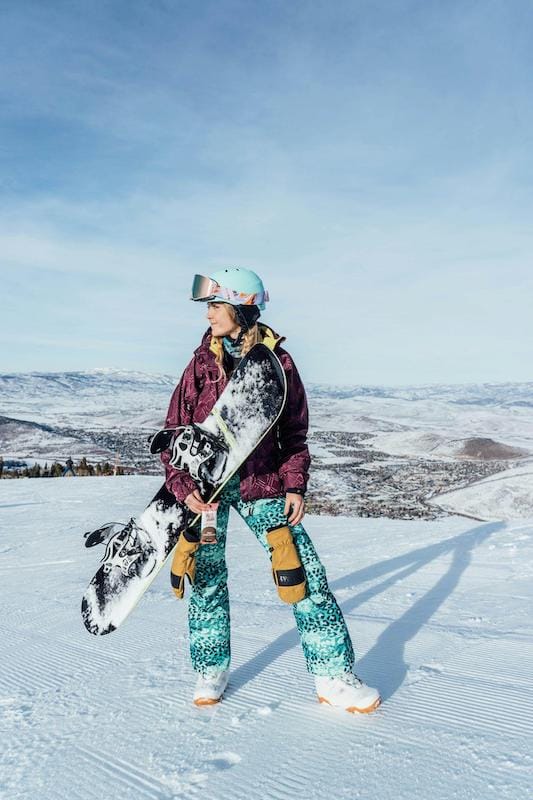
There comes a time when your performance is limited by the quality and condition of your gear.
A snowboard that has lost its stiffness due to days of use, or one that has a damaged base or edges, is fit to be replaced with something new.
A helmet that has suffered any impacts or goggles which fog up regularly are also ripe for replacement.
Beyond the issues that arise from regular use, you might be ready to replace your equipment simply because you’ve outgrown it, either physically or skill-wise.
Beginner setups are generally softer, more general-use, and offer less performance than higher-end setups which are more tailored to specific kinds of riding.
If you’ve graduated from the bunny slopes and are exploring the mountain, you will be well served by upgrading to a higher-end kit; including boards, bindings, and boots.
To find out what setup might serve you best, try out our Snowboard Size Calculator.
Budget-Friendly Upgrade Tips
Upgrading your entire setup can be a costly endeavor, so the following ideas might help you save some money while still getting the upgrade you’re looking for:
- Shop for off-season deals
- Many brands and shops offer end-of-season deals to try and offload their inventory before the new batch arrives.
- Prioritize the most important pieces
- If your bindings are soft but still have another season in them, perhaps your biggest benefit would come from upgrading your board. You can then buy new bindings next season and spread out the investment.
- Shop second-hand
- Some people upgrade their boards every year, even if their current setup still has some life in it. When shopping for second-hand gear, check for:
- Stiffness – is there still some bounce, some rebound in the board, the bindings, and even the boots flex.
- Wear and tear – is it bad? Is it repairable?
- Some people upgrade their boards every year, even if their current setup still has some life in it. When shopping for second-hand gear, check for:
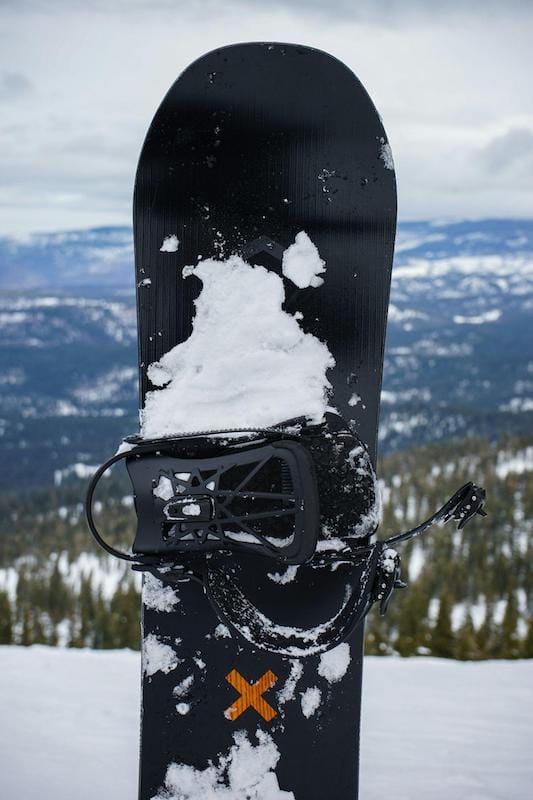
Conclusion
Throughout the season, and especially at the end of the season, you should review and maintain your gear to give it the longest life possible and check if anything needs replacement.
If repairs are needed, do them right away. Waiting to repair a piece of gear risks that the damage spreads or gets worse.
Lastly, if items need replacing, try to determine if you can wait for end-of-season deals or find the item second hand.
